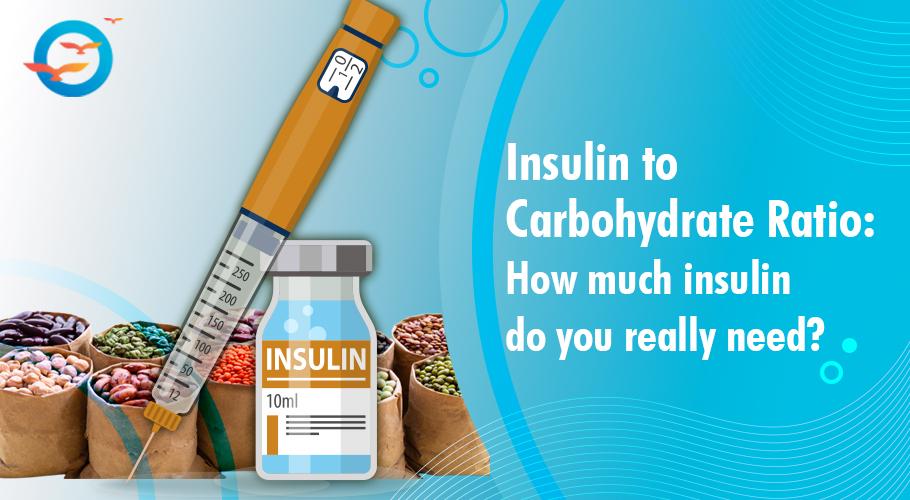Insulin to Carbohydrate Ratio: How much insulin do you really need?
Diabetes occurs when the body either doesn’t make enough insulin or cannot use it properly. In such cases, insulin must be taken externally to help move glucose into cells. But using too much insulin can lead to fat gain and worsen insulin resistance. That’s why it’s important to get the insulin dose just right.
What is insulin to carbohydrate ratio?
The insulin-to-carb ratio (ICR) shows how many grams of carbs are managed by one unit of insulin. It helps you take just the right amount of insulin for the carbs you eat, making blood sugar management more accurate and efficient.
How is it calculated?
A general rule is one unit of insulin for every 15 grams of carbs. However, this varies between people, and even within the same person depending on the time of day. For example, your ratio at breakfast might differ from the one at dinner due to hormone levels, physical activity, or how much insulin is still active in your system.
Why tracking is important
To find your personal ratio, keep a detailed record of your meals, insulin doses, and blood glucose levels before and after eating. Track the grams of carbs in your meals, the insulin you take, and your sugar levels three to four hours later. Your doctor can then use this data—ideally from at least two weeks—to customize your insulin dosage.
Want to avoid insulin altogether?
The truth is that diabetes can be reversed. At Freedom from Diabetes (FFD), our Holistic Transformation Program combines diet, exercise, inner work, and medical guidance. Over 12,000 participants have reversed their diabetes and are now insulin- and medicine-free. You can too.
To read more about this, visit our blog.
https://www.freedomfromdiabetes.org/blog/post/insulin-to-carbohydrate-ratio-how-much-insulin-do-you-really-need/2809

